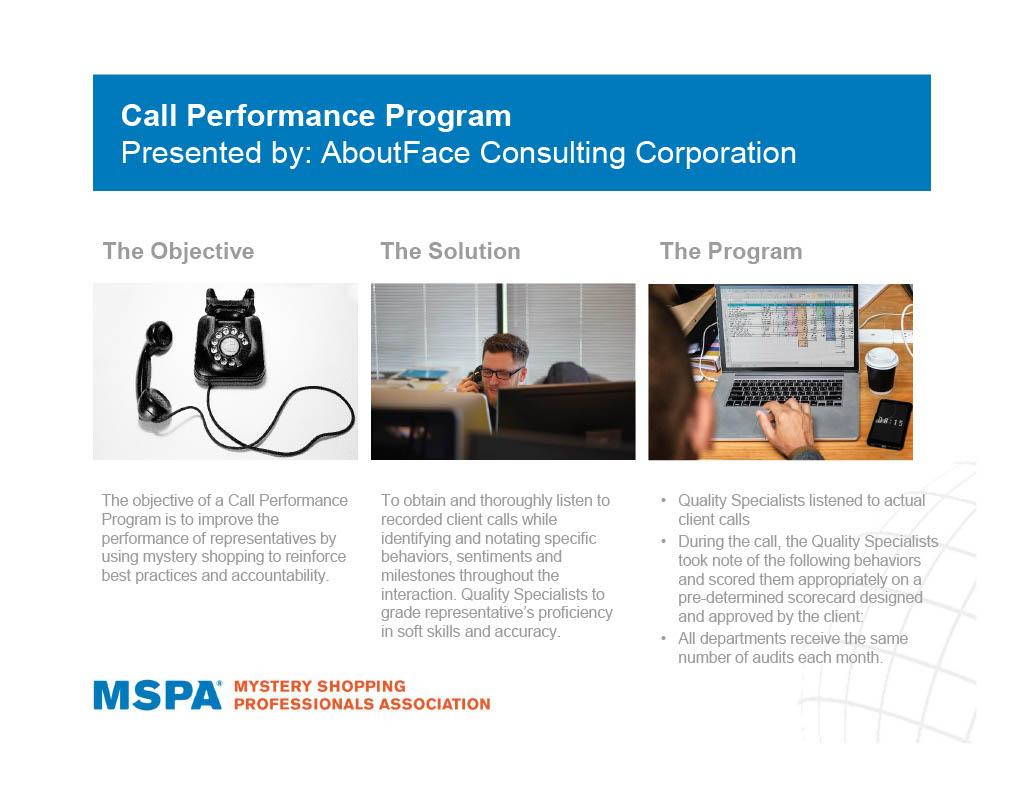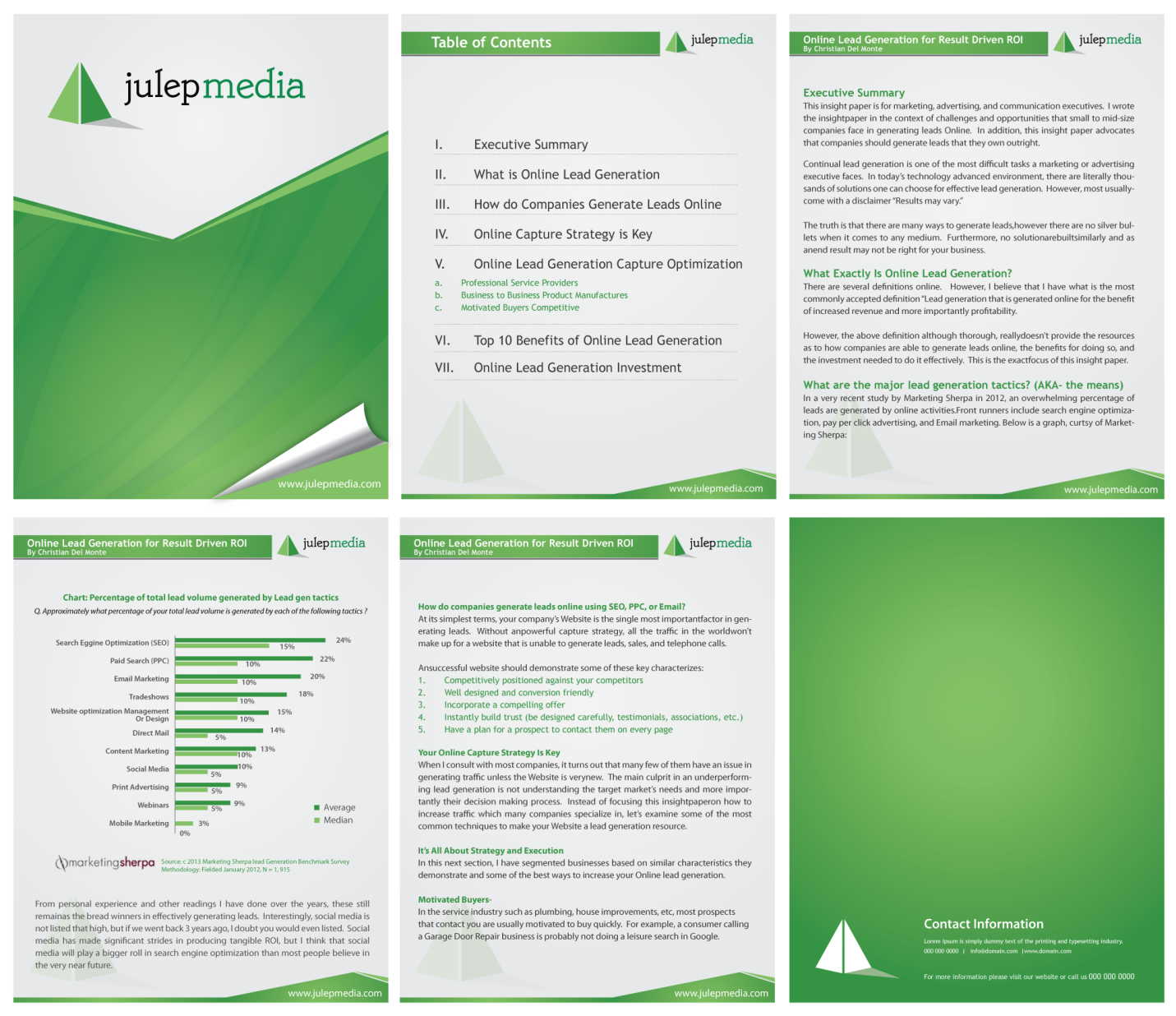
How to Write a White Paper: The A-Z Guide With The Best Examples
When you are facing a difficult situation in business, you always tempt to find some magic pill to quickly and easily present and sell our products or services… There are many ways that help ease the process of overcoming difficulties, and at the same time help others with this!
One of these ways, if we are talking about the possible difficulties of your customers with your product, is to prepare precise instructions and manuals in advance. In marketing, this publication is called white paper.
Now we gonna tell you in detail how to write a white paper, what structure it should have, what important elements it may include, and give you the best examples of a perfect business white paper.
Contents
What is a white paper?
Here we will give only a concise white paper definition since this topic is very multifaceted.
The white paper is a short document (usually 10–30 pages-long), which describes in detail the idea of the project, its technical characteristics, and schematically shows why it should be invested in.
The potential client is offered to download the white book for free, in exchange for his contact information – for example, an email address.
The white paper is an effective content marketing technology that guides your client through your sales funnel: first, at the stage of motivating your customer, then during the preparation for the meeting, at the negotiation stage, that is, in all cases where the customer has all sorts of doubts and questions.
You should know that there are two key differences between the commercial white paper and the academic white paper:
- The author. Ordinary (or commercial) white papers are created by members of the company’s team or by experts involved. As for the approval of the document, it’s the management of the company that has the final word. As a result, the white paper presents the company/product/ service itself, and the author often sits on the sidelines.
But if we talk about the academic white paper, the author acts as a central figure, bearing responsibility not only for the published results but also for the studies that are its basis.
- The goal. In order to make a profit, commercial white paper aims to highlight all the benefits of the product/service in order to encourage the potential customer to make the necessary decision and take action.
The goal of the academic white paper is to make the results of research for the educated public and make a contribution to the development of science.
Goals of white papers
The main purpose of business white paper in marketing is to attract new customers and increase the number of subscribers.
The goal for creating a white paper can be:
- making a review of new products on the market;
- making a comparison of the technical characteristics of different products or services;
- drawing the attention of consumers to a product or company;
- differentiating your business from competitors;
- improving the image of the company: raising awareness of the company and creating an expert status for it;
- organizing customer training;
- giving answers to the crucial questions, providing specific information about solving a particular problem;
- increasing sales;
- generating leads — the customer base will grow significantly because according to statistics, 85% of people are ready to give their email address in exchange for the useful and interesting white paper;
- showing the level of your expertise;
- increasing loyalty in the company/product/service.

Basic elements of white paper
- Create a convincing executive summary.
A single-page summary of a white paper’s contents greatly simplifies the document’s purpose and decision-making process. Start your white paper with a comprehensive executive summary to achieve a quick reaction you were expecting.
- Identify the problems and challenges that the reader faces.
Doing so, you will show your expertise in the topic, show that you understand your client and that you care about the difficulties he faces. In other words, show that you are aware of the real problems of your customers.
- Show yourself as an expert.
Let your customers know that you are professional and that you know the market like the back of your hand. In order to convince the reader, tell him about the main trends of the industry, and show the changes you have made.
- Use the history reference.
Tell your customers about the development of the market and how this process led to the creation of your solution. This will add even more credibility.
- Tell about the comprehensive, universal solution you have developed.
It should solve the problem of all products of this type, without reference to specific brands, manufacturers, service providers, etc. Here, you should clearly show how the customer’s problem should be solved.
- Make a list of product/service features.
Let the reader understand why this particular solution will be optimal. Do not praise your product/ service now – just tell about its principle and approach.
- Make a “Pay attention to” list.
Here, you should identify the key facts of the product/service you are offering. Describe the main differences from the solutions, offered by your competitors (without naming them). Mention the specific problems, that a customer should expect using one or another solution, and tell how your offer helps to avoid these difficulties.
- Tell your customers how it works.
This paragraph describes all the steps and processes of your unique solution. Describe the typical scheme. Add drawings, pictures, and photos.
- Consolidate the previous paragraph using the examples.
You can use hypothetical or real cases. If you have conducted a case study – give a couple of examples, or just put the links so that the customers can easily find them.
- Tell us about the unique benefits of the solution.
Describe in detail all the advantages of your product/service, basing only on facts and results.
- Make a killer call-to-action!
Give the reader a good reason to take the next step. For example: “Use the advantages of our offer right now and double your income”.
How to write a white paper?
- Creating a white paper, always remember that a white paper always has to cover the topic that is interesting for a reader. It answers some thorny questions, tells about the mistakes to avoid, and so on, that is, the white paper always highlights the certain customer’s pain points.
- Before writing a white paper, choose a narrow topic for your white paper. Since it is usually a short document, you will not be able to cover the large topic in detail. That’s why it is better to choose a narrow one and highlight all its nuances.
- The good white paper makes the reader the reader to make a decision. You need something that a person can apply and immediately see that your advice works!
- It is necessary to write simply and easily, the reader should not have any misunderstandings while focusing on the target audience. That is, if the white paper is oriented towards specialists, then you should use the professional language. For the other customers, you can use a simpler language, without using unnecessary terms.
- The white paper does not impose anything and does not contain advertising. Neither the product nor the company name is mentioned up to the last page. The white paper helps users to solve their problems and only that’s why they should be attracted by your product. First of all, it is an educational document. At the same time, the white paper is still being written to promote the company, and therefore it is necessary to inform that things will go faster and more correctly with the help of professionals.
- The white paper is used at different stages of the conversion scenario, but always before the sale, and not after.
- The white paper presents facts, not opinions. The text should not be speculation, just the facts. Therefore, reviews from consumers are not used here. But the opinions of experts will work perfectly here.
- The good white paper captures the attention of the reader from the first page. A good one will be able to attract customers, increase sales, and improve the image of the company.
- You can create a set of blog posts that will perfectly work in combination with your white paper, as these two instruments complement each other nicely. Short blog posts are the perfect way to give a summary of your white paper.
It is important to create the right blog posts so that they support your white paper. And here’s how to do it:
Important things to create white paper:
- Create a blog content skeleton as a list. For example, the name of your B2B product/service white paper «7 unique advantages that you should learn before you subscribe». The skeleton of the content of your blog will contain all these 7 advantages in the form of key points, each of which, in turn, will contain a brief description of 100-150 words. At the end of the post, it would be a good idea to place a strong CTA like “For more details, click here to download the full white paper!”.
- Create a separate post from each white paper item. In this way, you will get a series of related blogs.
How to create an awesome design of a white paper
Not everyone can easily handle even 10 pages of dull text and monotonous graphics. You should create such a design, that will help your white paper to instantly draw the attention and to be quite easy and interesting to read – and it would be impossible to put down your white paper!
Here are some tips: how to improve white paper design and readability:
- It’s a good idea to make a bright white paper cover, we recommend you to think of a pleasant and minimalistic page design, suitable fonts and colors, illustrations.
- Many white papers are created using the positive, bright color schemes – but it is important to stay within the framework and use the colors that match your product/service.
- Key points (bullets). Give a short description after each key point. Avoid lists of 20 or more paragraphs in a row or several paragraphs of text after each paragraph.
- Headers. Use 2 types of headings: use a larger font for the main ones, and subtitles should be bold. Give your readers a chance to glance over the text and move on.
- Quotes. Put the key idea of each page into a separate quote (no more than 20 words). Make this text larger (just like they do it in the magazines).
- Side fields. Remove all subthemes or enumerations from the text; move them to the margins so that the reader can delve into the main topic.
- Tables. In order to reduce the text volume and make the information easier to perceive, it is better to showcase the numbers, opinions, or lists in the form of a table.
- Free space. Leave free space above, below and on the sides of the page. In order to simplify the process of reading, the text width should not exceed 60 characters. Pay attention to the whole text mass, do not put many pieces of content in one piece, and use free space in the design so it will be easier to read your white paper.
- Contact info. It makes sense to specify your contacts in the header and footer on each page: the address of the site or a page on the social network.
- It is good to add quotes, cases, figures, charts, and graphics where it is appropriate, where it illustrates what you have said, and not just advertises you.
White paper structure
- Table of contents with the pagination.
- Executive Summary section.
The Executive Summary section helps the reader to find out the key positions of the entire white paper without getting into its essence and, perhaps, to more accurately determine whether it meets his needs.
The crucial info you should place here is the name of the company, publishing the document and the date of its publication.
The text of the section briefly (2-3 phrases) describes the following:
1. what is the target audience;
2. what is the essence of the problem analyzed in white paper;
3. what the final result expected from the application of the proposed solution (the changes after the implementation);
4. what are the average terms of the implementation of the solution, that is proposed in the white paper.
- Title section.
The Title section should unambiguously reflect the main idea of the whole white paper and contain an indication of the problem, the possible solution, and the information about the person/company that offers this solution.
- Introduction section.
The Introduction section is intended to determine the possible background (typical situation) of a problem, the relevance of the issue for the target audience, to clarify the object and subject of the information and/or analytical component of white paper, to define a goal, the achievement of which is covered in white paper and to form the tasks that were set and solved during the presentation of the white paper material.
- Main Part section
The Main Part section contains a direct statement of the essence of white paper material. In order to make this presentation more structured, the following set and sequence of logical subsections are proposed:
- “problem statement” subsection – a detailed description of the situation, problem, the study and analysis of which is the subject of this white paper;
- “changeable characteristics (indicators) of the company’s activity” subsection – a set of key indicators characterizing the activity described in the problem statement and which are expected to be improved;
- “alternatives of possible solutions” subsection describes what opportunities (approaches) the reader has to solve the problem and shows the reasons why this approach is the win-win solution (why it is better than the solutions that the competitors offer);
- “the concept and content of the proposed solution” subsection considers the nature, structure and other provisions that fully characterize the decision;
- the “transition characteristic” subsection is applicable in the case of analysis of software and technical solutions, the introduction of which is likely to lead to a transition to new technology for performing operations. In this subsection, it is advisable to indicate typical situations according to the “what it was – what it is going to be” model in order to give the reader an idea of which aspects of his activity that are interrelated with technology change may undergo changes.
- “concept (conceptual stages) of the solution implementation (service provision project)” subsection considers the overall implementation plan for the solution and, for the most part, those steps that characterize the beginning of the project before the cooperation of the mid and lower level -level employees of provider and user companies starts.
- Advanced Features section.
The “Extended characteristics of the solution” section are aimed at the small number of readers for whom special characteristics of the solution are important. These people decide whether direct contact with representatives of the supplier company will start – and when. You should place here the following information:
- successful implementations;
- general pricing specifications;
- options for partnership with other companies;
- more detailed time characteristics of the stages of the projects described in the main part;
- other similar features.
This section should not be bigger than 15% of the total white paper.
- Conclusion.
Here, you should place the results, conclusions, recommendations. Usually, the conclusion is not bigger than a page.
White Paper Format
- Manual.
A good example is “How to take care of your nails at home in a week.” It contains clear instructions: do it once, do it twice, do it three times – it is a good white paper, for example, for a beauty trainer or a home cosmetologist.
- A selection of useful things.
It could be a selection of proven tips, for example, «a top selection of electronic services for small businesses».
- A compilation of mistakes.
This can be a list of popular mistakes to avoid (with examples), some type of «how to’s» and «how not to’s».
- Frequently Asked Questions.
For example, “The answers to the most important questions to parents asked by the kids of the first grades” – that would be an excellent tool for a private school or courses.
- Overview and Analytics.
“The safest tourist destinations of the summer 2017” is a good white paper format example for a travel agency or company selling travel insurance.
- Cases.
Such a white paper may contain examples of the work done, success stories, and more. “How we had saved a million on renovations: 10 examples from practice” – such a name will be great for design studios or refinishers who can tell about the cost-effective solutions.
- Selection of interviews.
You can just answer the most frequently asked questions, but it is always better to ask the market experts to answer them. This may be one very massive interview with one market expert.
- A selection of cheat sheets and samples.
It is a good idea to create a collection of customer objections with the perfect answers to them.
- Alternatives.
This format involves several solutions to one problem, and the reader can choose the most appropriate of them.
- Webinar Transcription.
Many people find such documents useful since the authors of webinars do not always have clear articulation.
White paper templates
What is a white paper template?
The white paper is a powerful tool that effectively motivates customers in the B2B sphere to make decisions. 78% of them make the decision to purchase the product/service/investment after they read a good white paper.
However, creating the perfect white paper is often too difficult for the person that has no specific knowledge and experience, not to mention creating an attractive design. Also, it can take a lot of time.
That’s why it’s good to start with a sample white paper: it will help you to save your money and your time, but you’ll also have a great possibility to modify and set up your sample white paper the way you want!

Where can I get decent white paper templates?
Find the modern, good-looking white paper templates on Weblium and create your effective white paper in no time absolutely for free!
White paper examples
Unleashing the Ideavirus white paper example

Read the white paper: https://sethgodin.typepad.com/seths_blog/files/2000Ideavirus.pdf
This white paper by Seth Godin is the most popular eBook in the world, and now it is available in the paper format and translated into 10 various languages.
B2B Content Marketing strategy checklist – great white paper example

Read the white paper: https://velocitypartners.com/resources/b2b-content-marketing-strategy-checklist/
This white paper is created by the «Velocity» agency from Britain and this is a very illustrative and practical story about content marketing.
Monetha

Read the white paper: https://www.monetha.io/
This is the white paper of the project of the blockchain payment system, which has got $37 million within just 18 minutes!
This white paper contains all the sections listed above. Considerable attention is paid to the description of the scheme of the project, the economy of the token, plans for the use of funds, as well as the transfer of the merits of the team members – up to the launch of previous businesses that have received investments.
Cisco

Read the white paper: Cisco
In its white papers, Cisco easily gets into the technical details. The white paper explains the «network edge» idea (and why these systems need to be secured with the company’s solutions).
The paper successfully balances text with graphics.
RegTech: Helping Your Data Work Smarter and Harder

Read the white paper: RegTech: Helping Your Data Work Smarter and Harder
This white paper covers a very complex topic on which you can’t find a big amount of explanation materials- Regulatory Technology.
The company showcases a solution, explains the basics, justifies the necessity for it, shows how it helps companies of various scales and in various geographies, and clearly states the benefits of implementing this solution.
How to promote your white paper
There are many effective ways to promote your white paper:
- create a landing page and offer information in exchange for a subscription; (read about Best Website Builder Software)
- make an on the company’s website or blog;
- organize a newsletter, using your own subscribers base;
- advertise in social networks and search engines;
- give it to bloggers and journalists (if the book is published on paper, you can give it to clients and partners at business meetings);
- make a presentation with the help of sales managers at the stage of the transaction;
- use all of the above-mentioned methods for promotion.
Summary
Today, creating a unique product that will have a phenomenal value and benefits for your customers is not really enough. It is necessary to be able to competently and intelligibly convey this information to the market. And the white paper is the best instrument for that.
And remember: a good white paper can easily become viral and bring fame. If the content is really useful, it is spreading fast. People are happy to share unique information with someone if they consider it useful.



